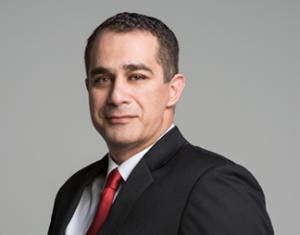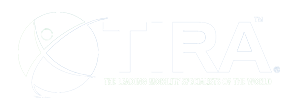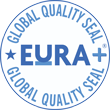Dubai’s going solar
The global solar market is doing well. But it is changing, and the main reason for this is a shift in geographical focus. The Big 5 Hub talks to Hadi Tahboub, Vice President of the Middle East Solar Industry Association (MESIA) about Dubai’s role as a leader in MENA’s solar game.
There is no sign that the global solar market will be losing momentum anytime soon. By 2020, the demand will grow to 92GW per year with a capacity of 604GW, according to market research firm Apricum. The highest annual photovoltaic capacities in 2020 will be installed in five countries: China (180GW), the USA (83GW), Japan (57GW), Germany (46GW) and India (41GW).
The Middle East and North Africa (MENA) region has among the world’s best conditions for concentrated solar power: copious sunshine, low rainfall, plenty of vacant flat land close to road networks and transmission grids. It is also close to Europe, where green electricity is highly valued.
And the UAE has become a regional trendsetter in the solar sector. Hadi Tahboub, Vice President of the Middle East Solar Industry Association (MESIA) says: “Both Masdar and the Dubai Electricity and Water Authority (DEWA) have proven to the world that developing and developed nations have to embrace renewable energy, especially solar energy, to empower a growing economy.”
As a part of the Shams Dubai initiative, DEWA issued a set of regulations for the generation of solar energy in buildings as well as connection to the grid as part of plans to encourage more solar installations in the emirate.





